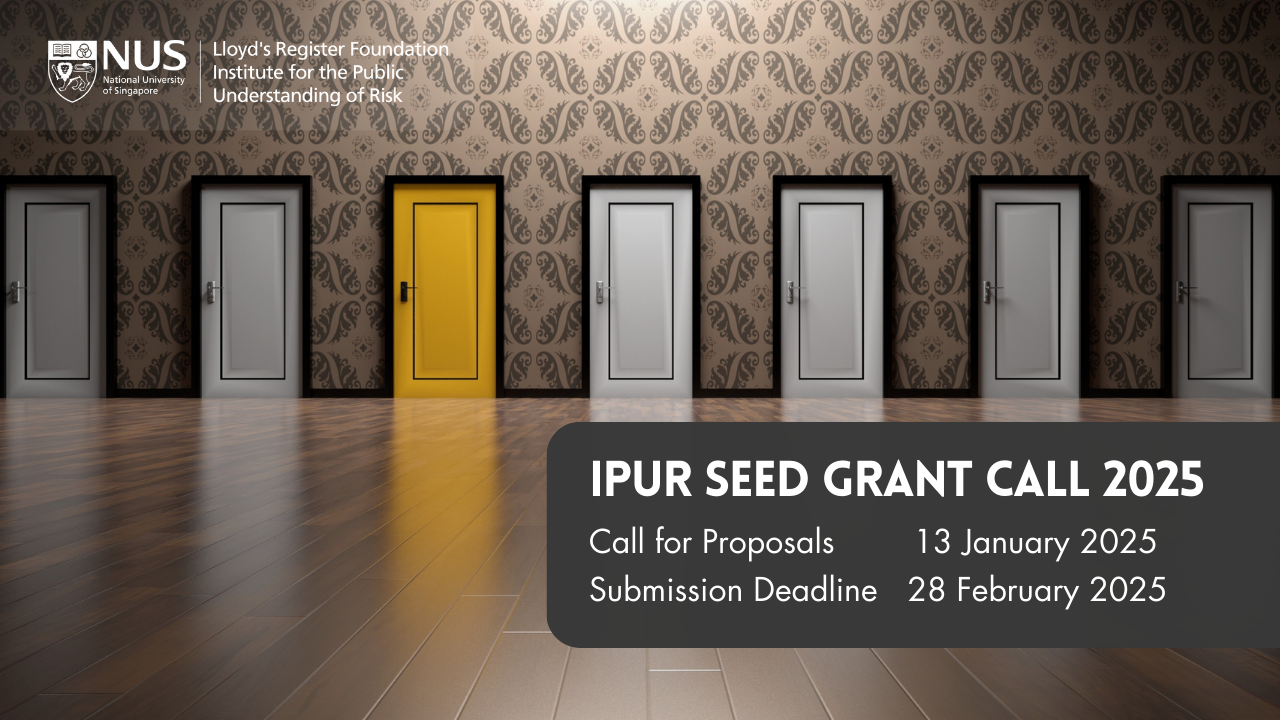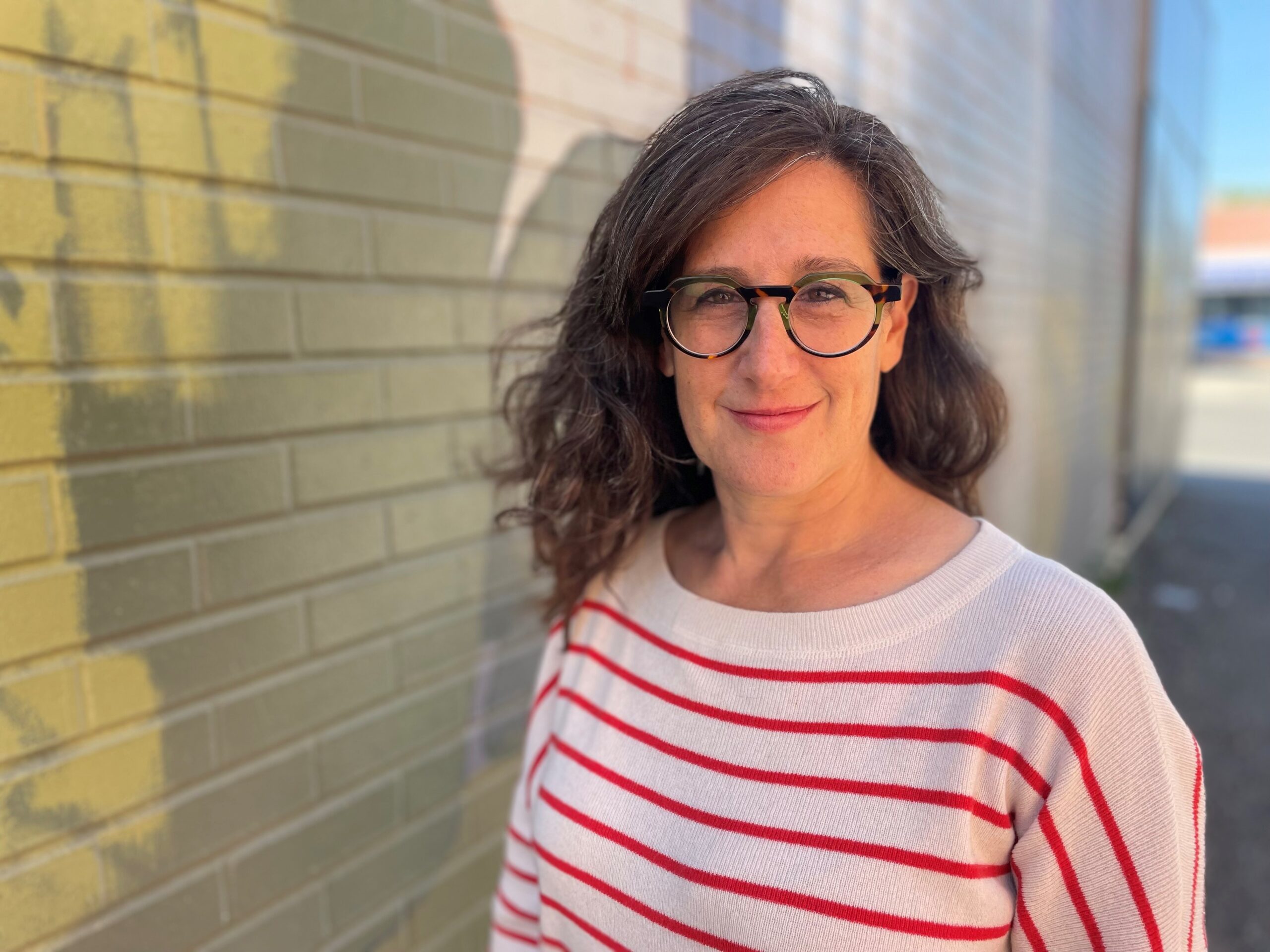Over five million residents of the Kathmandu Valley in Nepal face a daily struggle to get water. Due to a lack of investment in water supply provision and system maintenance, the water network system of the region — and of the country’s capital which lies within it — has not been able to keep up with the high urban population growth. As such, many receive piped water for only a couple of hours once every few days. Adding to their woes are the inconsistencies in water quality and the lack of a proper monitoring system to ensure that households receive their water supply.
To supplement their daily water needs, residents have to install costly tanks and sink their own wells, as well as buy bottled water to drink. And as is typically the case, those at the lowest-income bracket end up being hit the hardest.


Empowering Residents
Aiming to improve Kathmandu Valley’s water distribution network, a multi-disciplinary team comprising researchers from NUS, Imperial College London and Nepal Engineering College looked to citizen involvement to generate data. This practice, known as citizen science, involves public participation in collecting and monitoring data to increase scientific knowledge.
“Citizen involvement has been hugely successful in gathering certain types of data and making the data accessible and useful to those who need it, like the global Open Street Map initiative and the Peta Bencana flood information system in Indonesia,” says Dr Olivia Jensen, Lead Scientist at the Institute for the Public Understanding of Risk (IPUR) in NUS.
The success stories inspired Dr Jensen and Ms Laure Sione, a PhD candidate at Imperial College London and visiting researcher at NUS, to use Networking Water (NW Data), a mobile app created by Ms Sione, to collect citizen-generated data on the quantity and quality of water supplies in Kathmandu. With the support of Nepal Engineering College, the researchers have also been engaging local decision-makers in using the data for planning and management.
Associate Professor Stéphane Bressan from the NUS School of Computing helps to analyse the generated data under a research grant from the Singapore Institute of Data Science. “We are devising machine-learning algorithms to find the ground truth and construct descriptive and predictive models from the crowdsourced information,” he explains.
These data can then be used by:
1. Kathmandu Valley’s water utility to monitor water distribution, take action when water quality is not good, and advise the government for service improvement.
2. Development partners and funders to more efficiently valuate the impact of their water-network upgrading projects on end users.
3. Residents to stay informed on their water risks.
About 80 residents were selected for the pilot data collection. Besides teaching them how to use the app at community meetings, the residents were given simple water-testing kits. Photos of the results are sent to the NUS researchers through a Facebook page, after which the residents receive feedback on the interpretation of the results and what actions they should take, such as boiling the water or not using the water for drinking.
Dr Jensen adds that the research team is aiming to introduce the app in smaller cities that are growing rapidly but do not have the capacity to monitor water service quality. “With this project, we are bringing together social science, engineering and computing to help people understand everyday risks and take the right actions to keep them and their families safe,” she says.
This article was originally published on The AlumNUS.


